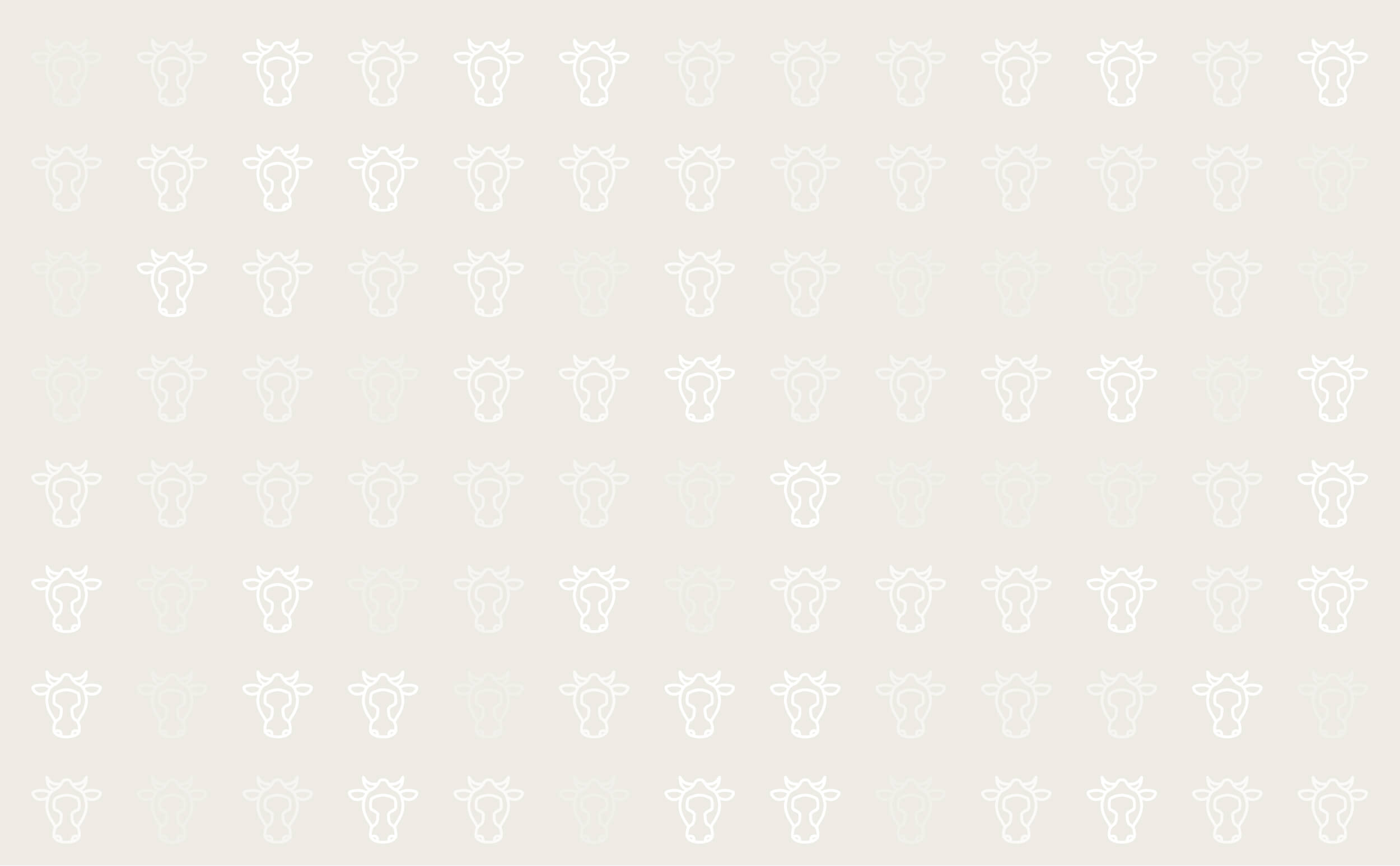



Salmonella Dublin Infection
Diseases caused by Salmonella bacteria are some of the most important diseases found in cattle. Not because they are very common or because infection cause high disease and death rates, but because all salmonellae found in cattle can potentially spread to humans, so a considerable amount of government money is spent on investigating Salmonella outbreaks in order to protect public health.
Cause
The source of the infection is usually feces from infected cows. It may be difficult to tell which cows are shedding bacteria because asymptomatic and subclinically affected cows can shed as many organisms in their manure as the cows that are sick with salmonellosis. Other sources of infection may be rodents, birds (including waterfowl), flies, feral cats, dogs, raccoons and, rarely, people.
Salmonella outbreaks commonly last several months. Protracted problems can be the result of a number of factors – persistence in the environment, persistence of risk factors, carrier state or prolonged shedding, or reinfection of susceptible animals.
It is also very seasonal with most cases occurring in the autumn, particularly around October. However cases can be seen at any time of the year and in any part of the country. Although it’s the commonest Salmonella causing disease in cattle, because, unlike other salmonellae, it’s specifically adapted to cattle, cases in humans are very unlikely and thus very rare.
Symptoms
- Fever
- Lethargy
- Drop in milk production
- Bloody and often watery diarrhoea and mucus
Death occurs in around 75 per cent of affected animals if they are not treated.
The subacute form varies from a milder form of the acute disease to infection without obvious disease. Abortion can occur in severely ill animals, but more often it occurs in a cow with no other signs of disease. Abortion due to Salmonella Dublin is the most commonly diagnosed cause of abortion in UK laboratories.
In calves, Salmonella Dublin is usually seen around two to six weeks old. However because the disease can be slow to resolve, older infected calves are often seen.
Treatment
Antibiotics and supportive treatment, particularly fluids either orally or in the vein, increase survival rates in calves and adults. Salmonella Dublin, unlike some other salmonellas is usually sensitive to most antibiotics. However, it is still important to check which antibiotics are effective as soon as possible after diagnosis.
An additional problem with treating adults is that some, but not all, treated animals will become carriers, that is excrete Salmonella Dublin in their faeces for prolonged periods without ever showing signs of disease. When treating S. Dublin get advice from your vet on which animals to treat and what to treat them with.
Prevention
In infected herds, infected animals must be separated and isolated away from the rest of the animals. Ensure you have proper barrier nursing and handle, feed and treat ill animals after you have fed and handled the others. Ensure that isolation is effective – too many farms have isolation facilities that are near (or actually are) calving boxes. This is a highly effective means of spread of disease as calving cows are at their peak risk of infection.
Also ensure that milk from ill cows (or cows that have been in contact with such cows) is not fed to calves. Milk is a very good source of bacteria and disease is very common in calves fed infected milk.
Hygiene is essential. Clear out and disinfect all calving boxes thoroughly and if you have infected calves clean and disinfect calf pens. If possible use temporary facilities to allow bacterial numbers to decline even further.
Vaccines are available, however once Salmonella Dublin has entered a herd, vaccination alone will not control the spread of infection. Good husbandry and hygiene is essential if control is to be achieved.

